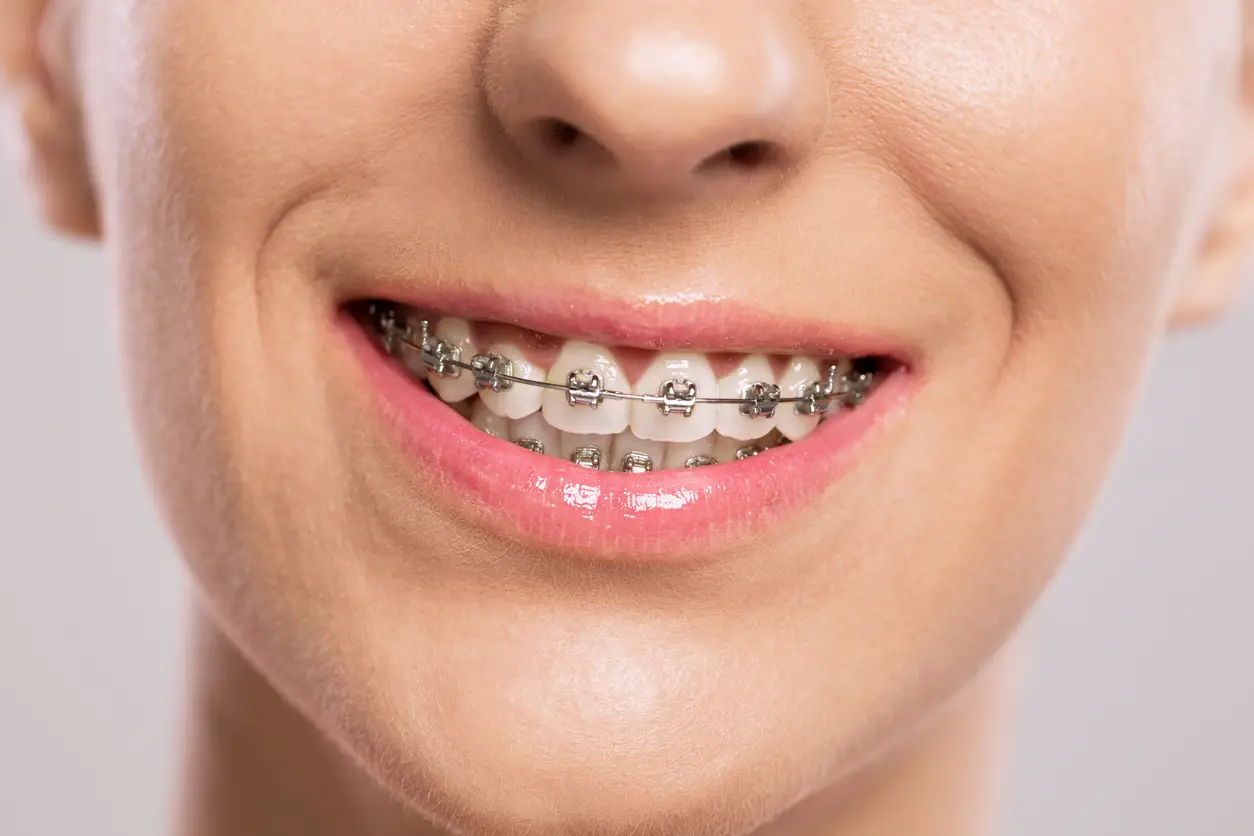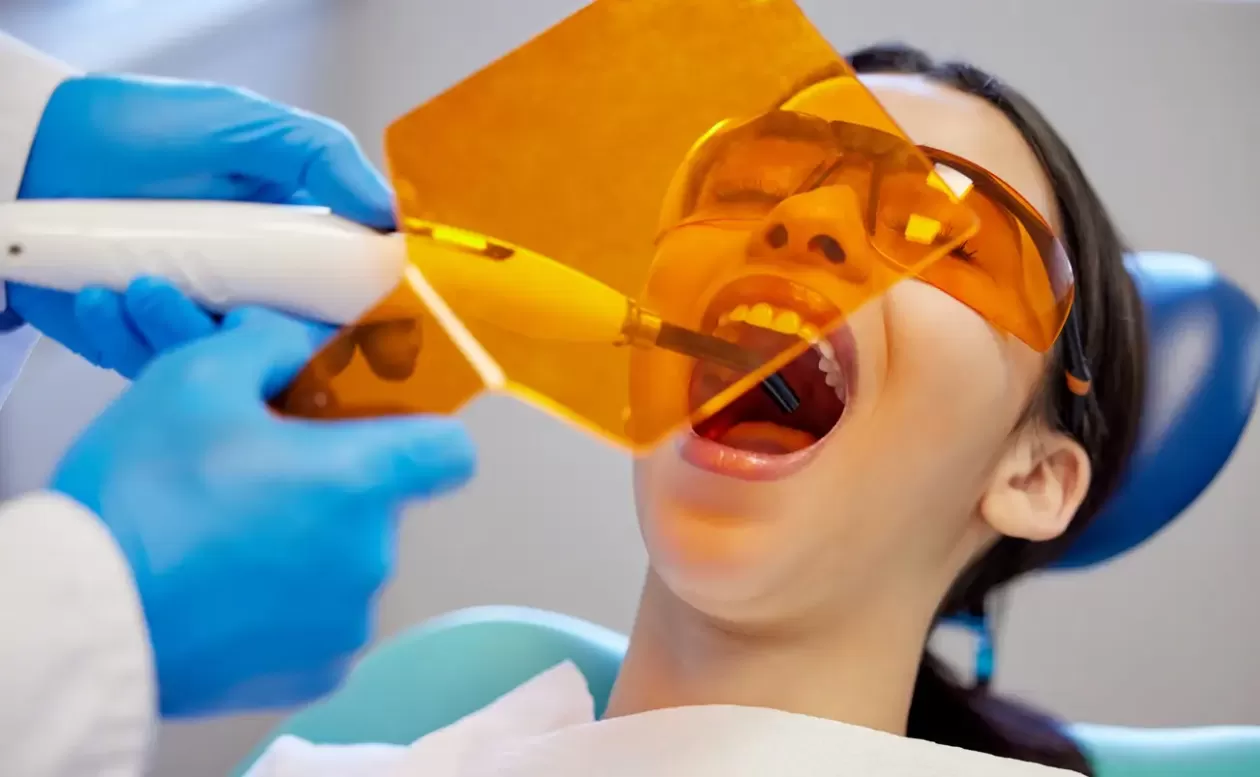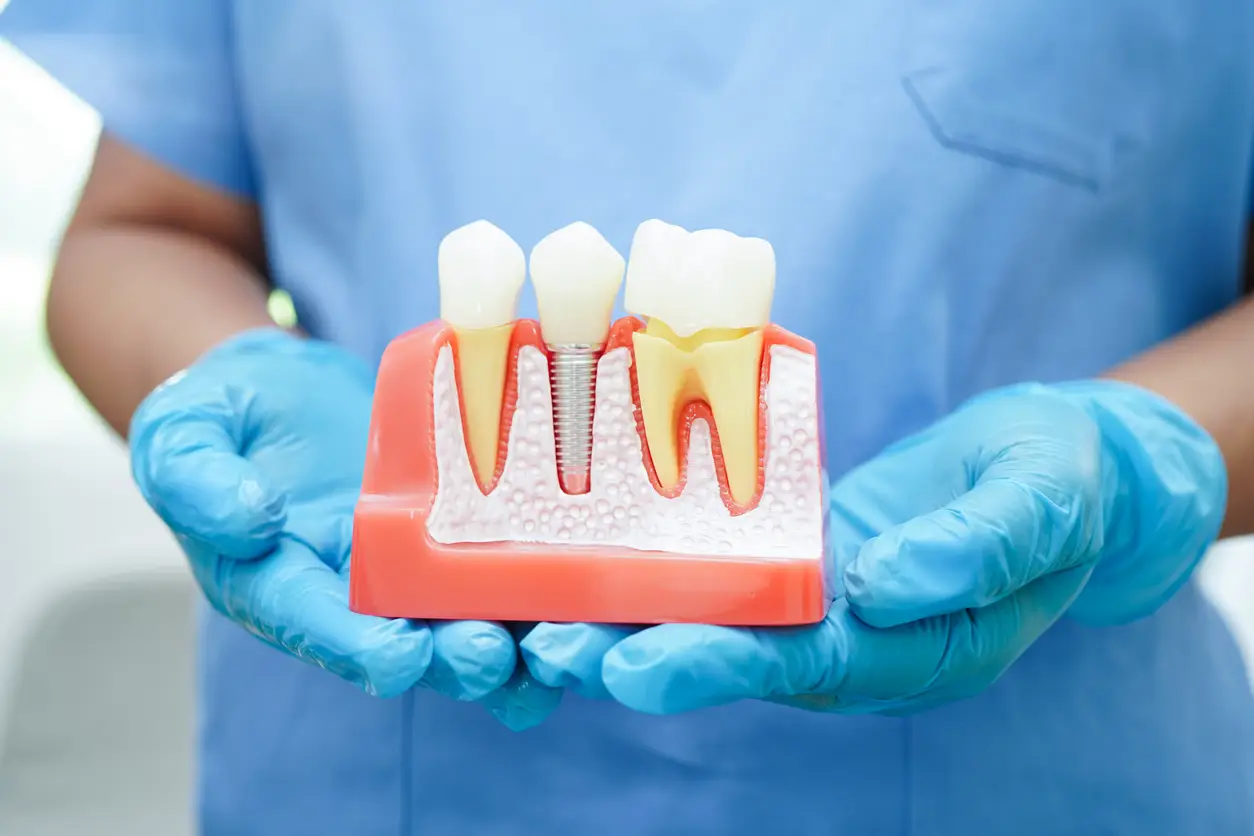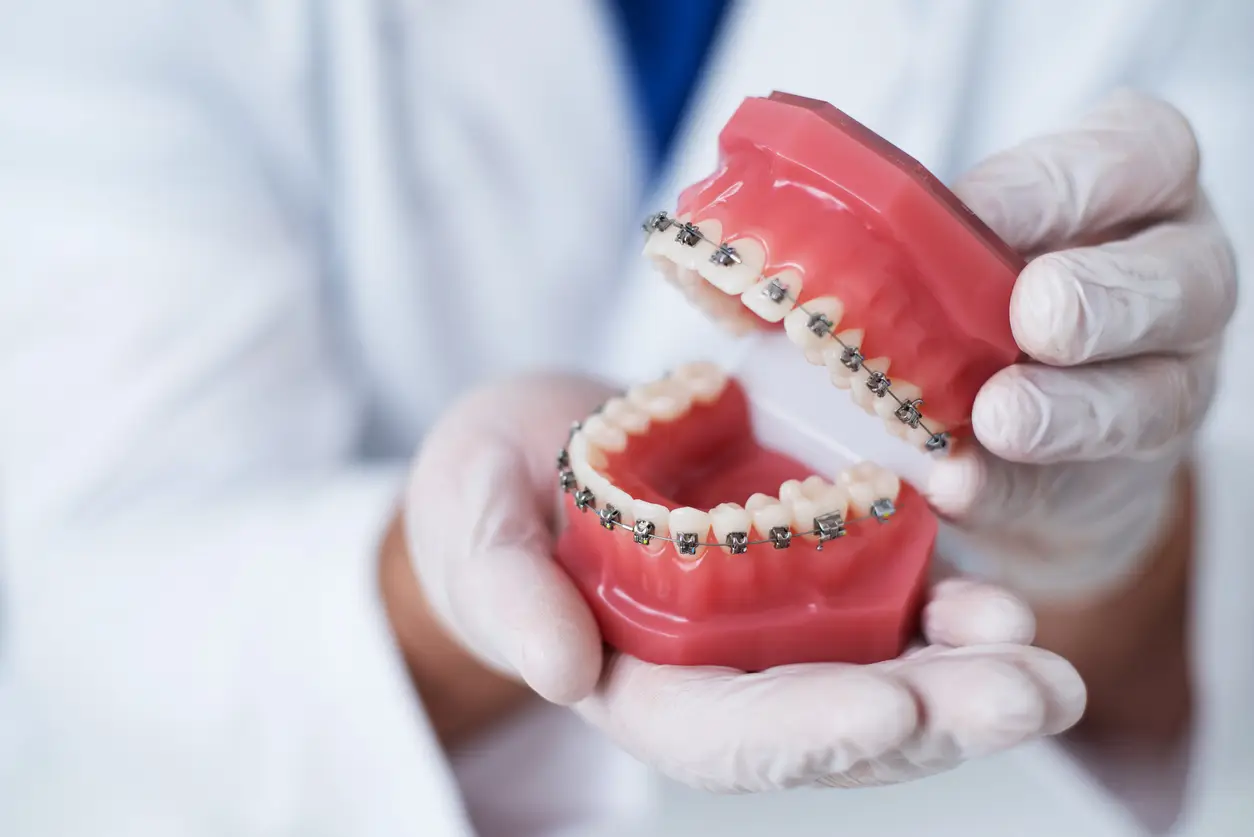Cosmetic dentistry Los Angeles, specifically through a procedure known as dental bonding, offers a transformative solution for individuals seeking to enhance the aesthetics of their smiles. Dental bonding, a popular technique within the realm of cosmetic dentistry, involves the application of a tooth-colored resin material to address various dental imperfections.
This versatile procedure can repair chipped or cracked teeth, correct discoloration, close gaps, and reshape misaligned teeth, all while providing natural-looking results.
Understanding Dental Bonding
Dental bonding, sometimes referred to as composite bonding, is a cosmetic dentistry procedure in which adhesives and a high-intensity curing light are used to apply and adhere a tooth-colored resin substance to the tooth. This process is frequently used to close spaces between teeth, fix chipped or fractured teeth, reshape uneven or misaligned teeth, and enhance the appearance of discolored teeth.
The Dental Bonding Process
The dentist will first choose a composite resin tint that complements the natural color of your teeth. After lightly roughening the tooth’s surface, a conditioning liquid is applied. This promotes greater adhesion between the bonding substance and the tooth.
Application:
After applying the composite resin in layers, it is molded into the required shape. In order to create the desired appearance and make sure the resin fits in seamlessly with the surrounding teeth, the dentist meticulously shapes the material.
Bonding:
The resin is bonded to the tooth by using a specific light to solidify it into the appropriate form. Curing is the term for this process, which typically takes a few minutes per tooth.
Finishing touches:
After the bonding material is cured, the dentist further shapes and polishes it to match the sheen of the natural teeth. This stage guarantees a polished and seamless finish.
Is Dental Bonding Permanent?
When properly cared for, dental bonding is resilient and can endure for several years. But it’s important to realize that dental bonding isn’t thought of as a long-term fix. The bonding material may deteriorate or discolor over time, particularly if it comes into contact with items that stain, such as tobacco, coffee, or tea.
Furthermore, bonding material is brittle and prone to chipping or breaking when subjected to extreme pressure, as occurs when biting down on hard objects or using teeth as tools. It is not as strong as natural tooth enamel. Dental bonding is therefore durable, although it can eventually need to be replaced or corrected.
Caring for Bonded Teeth
It’s crucial to take good care of your bonded teeth after having dental bonding done in order to preserve their longevity and natural look. Although bonded teeth can significantly improve your smile, they do need extra care to maintain their best appearance. The following are some important pointers for maintaining your bonded teeth:
Practice Excellent Oral Hygiene:
Regular brushing and flossing are crucial for maintaining the health and appearance of your bonded teeth. To prevent scratching the bonding substance, use non-abrasive toothpaste and a toothbrush with soft bristles. Maintaining good dental care helps keep your bonded teeth looking attractive for many years by preventing stains and decay.
Be Mindful of Your Diet:
Certain foods and beverages can stain or damage the bonding material. Reduce your intake of highly pigmented meals, red wine, coffee, tea, and other beverages to avoid discoloration. Furthermore, you should refrain from biting your fingernails, ice, or pens as this might cause the bonded material to crack or break.
Quit Smoking:
Smoking can discolor bonding material, making it appear yellow, in addition to staining your teeth. Giving up smoking maintains the appearance of your bonded teeth in addition to improving your general health.
Regular Dental Check-Ups:
Schedule regular dental appointments for professional cleanings and check-ups. To guarantee the longevity of the bonding substance, your dentist will inspect the bonded teeth to make sure they are in good shape and can quickly repair any problems.
Avoid Teeth Grinding:
If you grind your teeth at night, consider wearing a night guard. Grinding your teeth can cause early harm by eroding the bonding material. Your natural teeth and the bonded material are both preserved by the protective barrier that a night guard offers.
Should I get dental veneers or dental bonding?
In the field of cosmetic dentistry, dental veneers and dental bonding are two common choices for improving your smile. The decision between veneers and bonding relies on your long-term objectives, finances, and particular dental demands. Both procedures have advantages over the other. To assist you in making an informed choice, let’s examine the distinctions between these two treatments.
1. Dental Veneers:
Dental veneers are thin, precisely formed shells made of composite resin or porcelain. These shells are made to cover the front of teeth, offering a strong and aesthetically pleasing remedy for a range of cosmetic problems.
Advantages:
- Natural Appearance: Veneers provide a beautiful and lifelike smile by simulating the appearance of natural teeth.
- Stain Resistance: The extreme stain resistance of porcelain veneers guarantees a brilliant smile for a very long time.
- Durability: Veneers are robust and have a long lifespan despite typical wear and tear.
- Versatility: Veneers can be used to treat a variety of cosmetic problems, such as severe discoloration, misalignment, and uneven tooth shape.
Considerations:
- Irreversible: The technique of placing veneers is irreversible since it requires removing a small portion of enamel from the tooth’s surface.
- Cost: Because veneers are custom-made and have long-lasting advantages, they are typically more expensive than dental bonding.
2. Dental Bonding:
As was previously said, dental bonding is directly putting a tooth-colored resin to the tooth surface, which is subsequently molded and solidified to produce an instantaneous cosmetic enhancement.
Advantages:
- Affordability: In general, dental bonding is less expensive than dental veneers.
- Non-Invasive: Bonding is a non-invasive technique that doesn’t involve taking out dental enamel, in contrast to veneers.
- Flexibility: Bonding is appropriate for tiny cosmetic issues like chips or gaps and can be finished in a single visit.
Considerations:
- Bonding materials are more likely to discolor with time, especially if they are exposed to specific foods and beverages.
- Durability: Although bonding is strong, it might not last as long as veneers and might need to be replaced or maintained more frequently.
Choosing the Right Option:
Think About the Severity: Dental bonding may be the best option for small flaws or subtle adjustments. For more serious problems, particularly those affecting several teeth, veneers might offer a more complete fix.
Budget and Long-Term Objectives:
Evaluate your long-term dental objectives and budget. Veneers are more expensive but provide long-lasting effects and stain resistance. Dental bonding is a reasonable substitute but may need upkeep over time.
Consultation with a Dentist:
Ultimately, the best decision can be made after consulting with a qualified dentist. A professional evaluation of your dental health and aesthetic objectives can direct you toward the best choice for your individual circumstances.
Transform Your Smile with Personal Dental Office – Your Los Angeles Cosmetic Dentist!
Are you dreaming of a flawless smile that radiates confidence and charm? Look no further than Personal Dental Office, your premier destination for top-notch cosmetic dentistry Los Angeles!
Don’t wait any longer to achieve the smile of your dreams. Personal Dental Office is here to help. Let us redefine your smile and transform your life!
Share This Article.
Related Posts
Recent Posts
Our Hours
| Monday | 8:30 – 5:30 |
| Tuesday | 8:30 – 5:30 |
| Wednesday | 7:30 – 5:30 |
| Thursday | 8:30 – 5:30 |
| Friday | 8:30 – 5:30 |
| Saturday | Closed |
| Sunday | Closed |
Serving the Communities of Beverly Hills, West Hollywood, & LA and the Neighborhoods of Mid-Wilshire & the Miracle Mile





